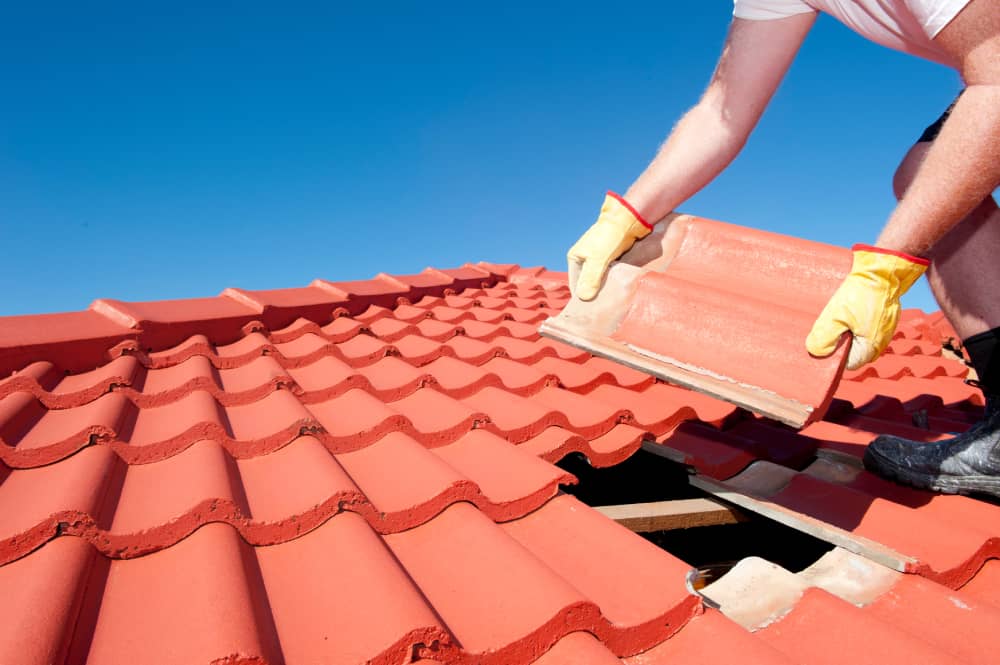Art is a form of self-expression, and at times, can also be a political statement. You probably heard about Banksy’s paintings. He is famous for creating satirical pieces about war, capitalism, greed, and hypocrisy. However, art can be anything. It depends on how the artist does the painting and how people relate to it.
Interestingly, these artworks can last a lifetime. The top three of the most famous artworks globally are Leonardo Da Vinci’s Mona Lisa, Vincent Van Gogh’s The Starry Night, and Pablo Picasso’s Guernica. These paintings are still in museums even after many years, and they’re still in pristine condition. You’re probably wondering how that’s possible.
If you’re an art collector or an artist yourself, you have probably gone to different art galleries, exhibits, and museums and noticed how they display and store the art pieces. Let’s dig deeper and find out why by reading this article. You’ll find these tips helpful when you start decorating your home with some artwork.
Handle Them With Utmost Care
Treat your art with utmost care. There are a few things you need to do to protect your art pieces before storing or displaying them.
- Secure The Painting – If you purchased new paintings and wish to have them delivered to your home, get rigid mailers. Their envelopes are made to protect artworks. You’ll be happy to see it safe and in good condition when it arrives.
- Wear Gloves – Before taking your artwork out of its packaging, wear gloves. Professionals who handle art, like museum staff, use gloves at all times. It will protect your artwork from the oils excreted by the hands.
- Keep It Away From Direct Sunlight – When your art pieces arrive, don’t just put them anywhere. Keep them away from direct sunlight, as it can alter the colors of the paintings. Find a place to store them temporarily, especially if you’re still in the process of figuring out where to hang the art pieces.
- Monitor The Room’s Temperature – Most paintings are stored in dark and cold places. Therefore, the room where you wish to store them should be around 21-24 degrees Celsius or 70-75 degrees Fahrenheit.
- Avoid Stacking It Up – Never stack your paintings horizontally or lay them on a flat surface. The canvas will sag over time and may loosen. Instead, put them in an upright position. This can also prevent your paintings from accumulating dust.
- Cover The Unframed Pieces – Get a clean cloth for an extra layer of protection, and surely there won’t be dust build-up. But if you plan on storing the paintings longer because you’re waiting for other art pieces to arrive, take them out once in a while. Allow it to breathe.
- Wrap The Framed Pieces – Use a bubble wrap and secure it with tape.
Clean It And Keep Dust Away
After planning your home renovation, you’re ready to see all your art pieces together to decide where to put them. However, you noticed that your paintings got all sorts of debris and dust. Take them out of storage. Get clean gloves and put them in an upright position. Carefully inspect the canvases one by one. Assess which painting needs more work done or possible repair and restoration.
- Dust It Off – Find an area in your house where you can safely do the cleaning. It has to be a clean padded surface. However, you can use whatever you have at home; maybe you can use a thick rug and a clean blanket. Position the painting upright and slightly forward. This will keep the dust away from the painting when it falls. Gently brush off the dust, using a dry brush with soft bristles. You don’t want to ruin the painting with a moist brush. You can’t use a feather duster either; its fibers may stick to the painting. Watch out for any signs of loose paint and call for professional help. Painting conservators have extensive and vast knowledge of restoration. They can also give your tips on caring for and preserving the artwork.
- Glass Frame – You may have to consider getting it framed. It will be a good investment. You can also get a glass frame that complements the painting.
Regular Glass – This won’t protect your painting against UV rays or ultraviolet radiation.
Plexiglass – It provides about sixty percent of UV rays protection.
Museum Glass – It’s the most recommended. However, this is way more expensive but it provides ninety-nine percent protection from UV rays.There’s one disadvantage to framing your paintings it can get moisture because it’s sealed, and there’s no airflow. Thus, it’s prone to dampness and mold.
- See If It Has Moisture – It can be spotted through discoloration at the back of the canvas. Get professionals to do the repairs.
Don’t use any cleaning product on your paintings, not even water. It can ruin your artwork and possibly cause discoloration. If you’re unsure, let the professional take care of it.
Display The Paintings

After cleaning the paintings, you can start displaying them. You can either hang them or lean them against the wall, or display them in other ways. It can serve as a statement of you or your home. You don’t need to be an interior designer to decorate your home. You just need to have an eye for design. See where it would look good with other decorative pieces.
- Drill Holes – Before you start drilling holes onto your walls, consider the weight of the painting. Support the artwork properly through the right hooks. Place two of them on the back of the frame. It’s best to keep them from your kid’s or pet’s reach to keep it safe.
- Keep It Away From The Sun – As mentioned previously, keep your artwork away from the sun to avoid damage and discoloration.
- Monitor Your Home’s Temperature – Maintain your house temperature and, if possible, keep it at 70 degrees Fahrenheit or 21 degrees Celsius. Don’t put it near the air conditioning or the fireplace. If it gets too cold, molds can develop. If it gets too hot, it can melt the paint away.
- Hang The Art Pieces – You can group all paintings with similar colors or themes to create your own curated gallery. Or;
- Lean The Art Against the Wall – On your console, or on a ledge, lean your art for a more laidback style. Make sure the surface is off the ground and safe from possible accidents.
Conclusion:
Owning art is one of the best ways to elevate your home’s interiors. Like any other valuable thing at home, pay attention to the needs of your artwork, and it could last you a lifetime.















